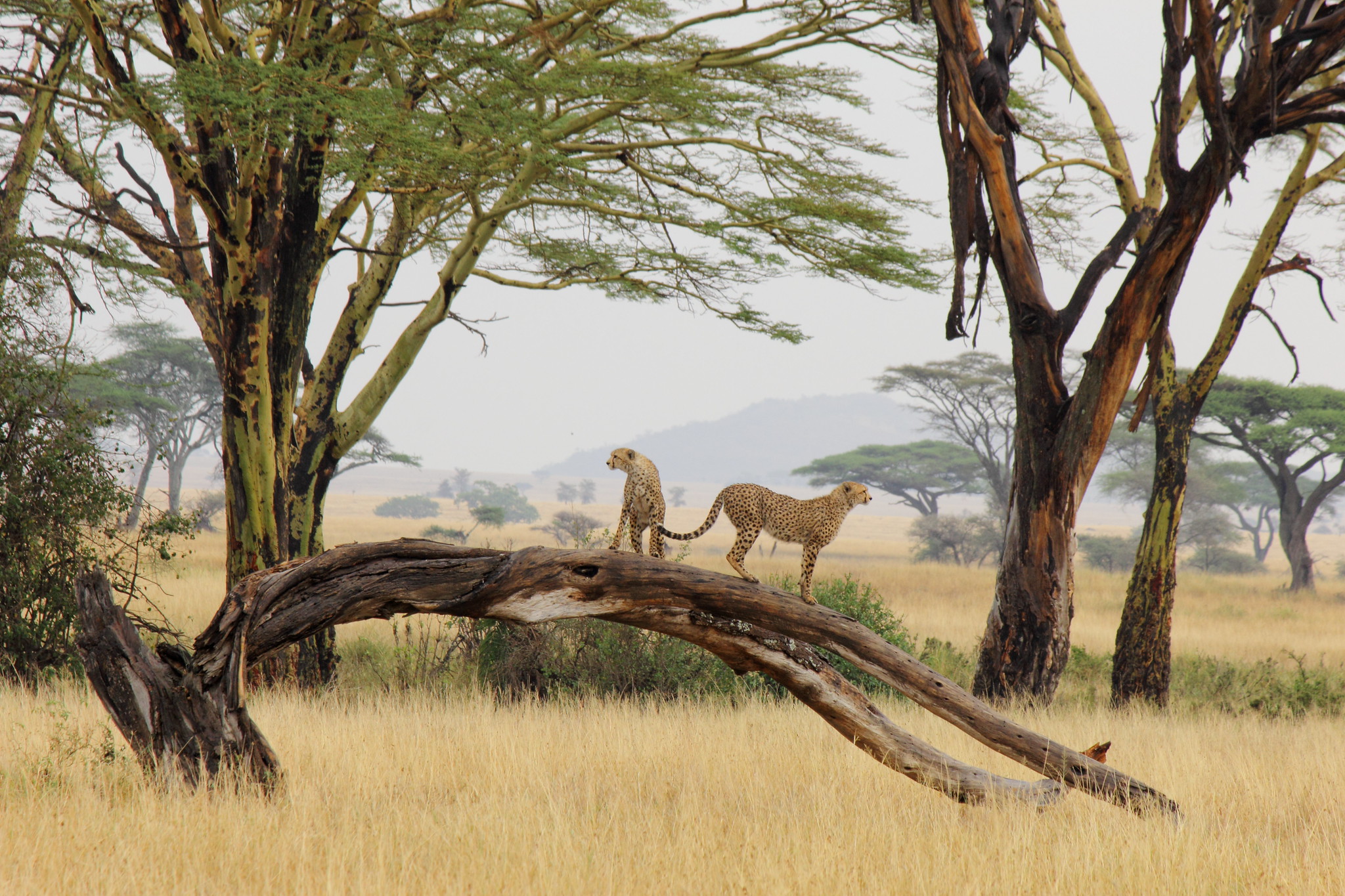What You Need To Know
Climbing Africa’s highest peak is an epic adventure for those willing to face a physical and mental challenge. Every year, thousands of people are drawn to it. But, before you embark on one of Africa’s most epic adventures, we’d like to prepare you for what to expect on the Uhuru Peak trek.
To begin, four critical points must be addressed:
Choosing a Trustworthy Tour Operator
Getting your body and mind in shape
The proper equipment
On the ascent
Choosing a Trustworthy Tour Operator
When selecting a tour operator, you must trust their guide selection and the support they have at their disposal while leading your journey. Most businesses use either subcontracted or permanent guides.
You won’t know who your guide is until a few days before your trip because the majority of tour companies use porters, guides, and mountain workers under subcontract. This is due to the fact that employment is contingent upon the guides who are available at the time.
permanent principles
There are a select few businesses that hire permanent employees and care for them during both the slow and busy seasons, but they are few and far between.
What occurs in the case of an emergency?
Climbers are impacted by altitude in many ways. According to statistics, three out of every ten climbers will fail to reach the peak because of an issue related to altitude. When making a reservation, it’s crucial to confirm that the company you select has the emergency medical, logistical, and evacuation resources you’ll need. Make sure you’re going on your trip with one of the few tour companies that provides oxygen, oximeters, first-aid kits, a neck brace, stethoscope, mobile phone, satellite phone, portable stretcher, and other equipment to each climbing party on every climb.
Siroon Experience can give you recommendations for trustworthy travel operators.
Getting ready in body and mind
As crucial as picking the best travel company is preparing for the Kilimanjaro climb. Although the experience is thrilling, the route is challenging. Not for couch potatoes, this ascent.
Getting ready for a Kilimanjaro climb at altitude
Unless you’re able to spend some time in high areas, in a dive chamber, increase your circulation, or engage in breath-hold training, there isn’t much you can do to prepare for how you’ll react to a shortage of oxygen at a high altitude. For individuals who don’t have access to a dive chamber or a high altitude environment, breath-hold training is helpful. Underwater breath-hold exercises are very good for altitude training because they literally take away oxygen from your body, which is the simplest approach to educate your body to deal with the lack of oxygen. In a swimming pool, free-diving or controlled free-diving will significantly improve your body’s oxygen distribution efficiency and train your brain to respond less dramatically when you are under stress.
WARNING!
Never practice breath-hold techniques alone. Always work in pairs, or at the very least, maintain a careful watch.
mental health
It’s summit day, the day you’ve been looking forward to and may find to be the most challenging of your walk. You’ll have to endure a 16 to 20-hour summit day after likely having a restless night and an empty stomach (because of your loss of appetite). You’ll leave at midnight, climb more than 1,000 vertical meters, then drop almost 2,000 more meters before arriving back at your overnight camp in the late afternoon. If you want to handle the length of time required to reach the peak and the pace’s sluggishness, you must psychologically prepare for this day.
Simulating the time it takes to reach the summit is the only way to psychologically prepare oneself. Before you even arrive in Tanzania, if you are up for the adventure, we’ll make sure you are ready to climb Kilimanjaro.
proper equipment
You’ll have a very uncomfortable trip even if you’ve chosen your tour company and have trained to climb Kilimanjaro if you don’t have the correct equipment. It is crucial to be ready for the worst possible weather. The ascent of Kilimanjaro is typically chilly, with temperatures occasionally falling to -20°C (-4°F).
Since your feet, hands, and face are obviously the most exposed, you’ll need at least three layers of clothing covering your entire body when getting dressed each day. Your three layers should be tight-fitting in the first, thermally-insulating in the second, and wind- and waterproof in the third. If you’re fortunate enough to experience warmer weather, you can just take off a layer.
Tell us about the equipment you need. In order for someone else to carry your bags, you don’t want to pack too much.
On the ascent
Your prospects of reaching that far-off Uhuru Peak have significantly risen if you’ve followed our advice. The last piece of advise we have is to respect the altitude by doing the following:
TAILOR MADE TANZANIA SAFARI TOURS
Together, we will organize the trip of your lifetime

